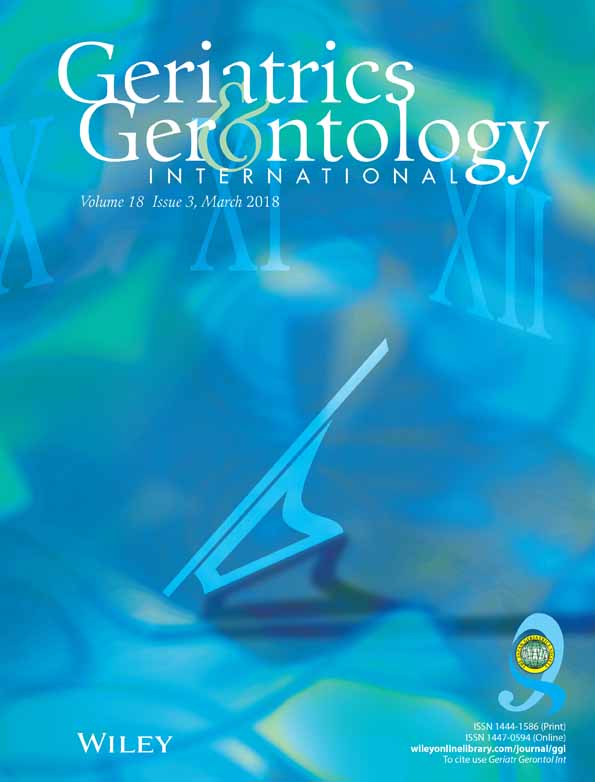Differences in innervated neurons of the internal anal sphincter based on age and sex: A histological study
Abstract
Aim
Previous studies have shown sex and age differences in anal sphincter function, but few morphological studies have focused on the quality and quantity of the nerves that control the sphincter muscles. The present study aimed to determine whether there are morphological and quantitative sex and age differences in the nerves in the conjoined longitudinal muscle.
Methods
This was a single-center, retrospective study using surgical specimens from 44 patients who underwent abdominoperineal resection between 2003 and 2012. Hematoxylin–eosin- and S-100-stained peripheral nerves (nerve fibers and ganglion cells) in the conjoined longitudinal muscle beneath the dentate line were observed microscopically. A qualitative examination assessed the degeneration score, which was based on the presence or absence of karyopyknosis, vacuolar degeneration, acidophilic degeneration of the cytoplasm, denucleation and adventitial neuronal changes. For quantitative examinations, each neuronal and muscular area was traced to calculate the neuronal area ratio in S-100-immunostained photomicrographs at the observation site.
Results
Women had a significantly lower quantity of nerves than men. Older individuals (aged ≥80 years) had a significantly lower quantity of nerves than younger individuals. Furthermore, older individuals tended to show greater morphological changes that appeared to be a result of degeneration.
Conclusions
The present findings suggest that anal hypofunction in women and older individuals might result from differences in the quantity and quality of the neurons controlling the anal sphincter muscle. Geriatr Gerontol Int 2018; 18: 495–500.




